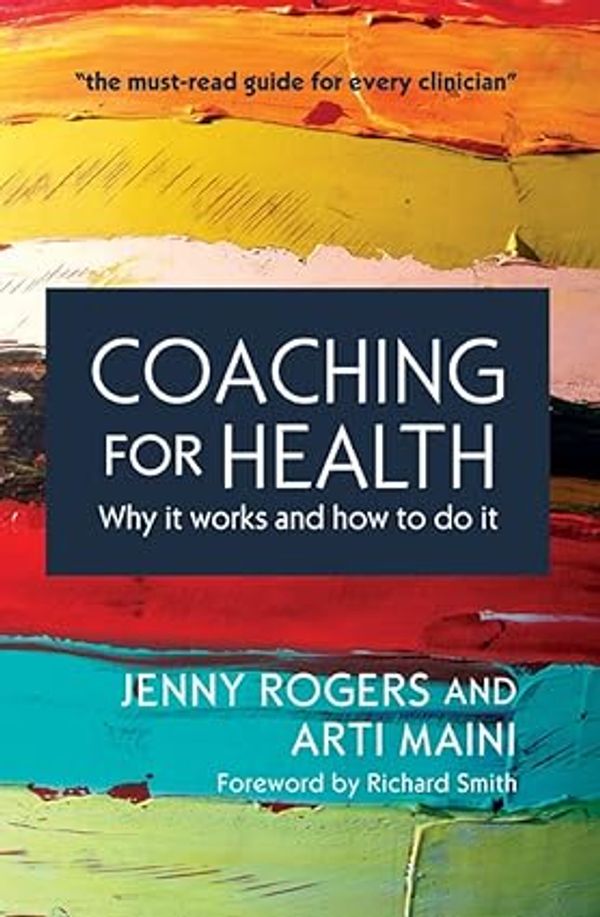Signed in as:
filler@godaddy.com
Signed in as:
filler@godaddy.com

This book has a radical new message for any clinician: through coaching you reduce your own stress and you get far better outcomes for patients. ‘Coaching for health’ means creating a different relationship in consultations, asking a different kind of question and giving information in a different way. It goes beyond what is usually meant by ‘patient-centred practice’. It will work with virtually any patient. When you take a coaching approach the chances are that your patients gain confidence in managing their own health, reduce the number of appointments they request, are less likely to need emergency admissions and are more likely to take their medication. Coaching is not just a technique that you switch on and off, it is a wholly different mindset. Coaching for Health explains the rationale for a coaching approach and gives pragmatic step by step help on how to do it. Having trained hundreds of clinicians in coaching skills, Jenny Rogers and Arti Maini have seen firsthand how transforming it can be to use in practice. "In a clear and convincing manner, Jenny Rogers and Arti Maini offer a range of practical methods for turning health care consultations into a genuinely patient-led form of dialogue." John Launer, Associate Dean for Faculty Development, Health Education England, UK

Imagine. You are afraid of snakes. Terrified of snakes. Now imagine... there is a snake sitting on your head. Moving around on top of your head. Maybe even a rattlesnake, rattling on your head.
Now I enter the room and begin to tell you important things you need to know to take care of yourself when you return home. How much will you hear with that snake on top of your head?
Every day, people walk into healthcare with a snake on their head. They are afraid. Maybe they’re thinking:
This fear can lead to physical symptoms that may interfere with your assessment of their health status like breathlessness, excessive sweating, nausea, dry mouth, heart palpitations, or feeling sick. Most importantly, it can leave patients with the inability to think clearly and hear the vital information being shared with them. Without this information, how will they be able to follow the plan?